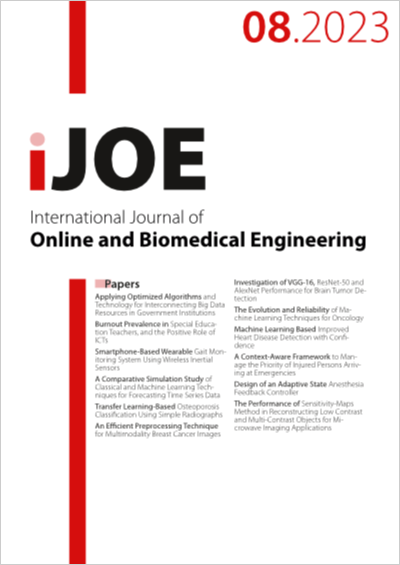A Comparative Simulation Study of Classical and Machine Learning Techniques for Forecasting Time Series Data
DOI:
https://doi.org/10.3991/ijoe.v19i08.39853Keywords:
Machine learning, Time series forecasting, Classical approaches, ForecastingAbstract
This manuscript presents a simulation comparison of statistical classical methods and machine learning algorithms for time series forecasting notably the ARIMA model, K-Nearest Neighbors (KNN), The support Vector Regression (SVR), and Long-Short Term Memory (LSTM). The performance of the models was evaluated using different metrics especially Mean Squared Error (MSE), Mean Absolute Error (MAE), Median Absolute Error (Median AE), and Root Mean Squared Error (RMSE). The results of the simulations approve that KNN algorithm has better accuracy than the others models’ forecasting notably in the middle and long terms. The MAPE for the KNN model was around 4.976843 while SVR and LSTM architectures had a MAPE of 6.810311 and 13.992133 respectively. In the medium and long term, ML models are so powerful on big datasets. Paradoxically, Machine learning architectures outperform ARIMA for shorter-term predictions. Thus, ARIMA is most appropriate in the case of univariate small data sets, where deep learning algorithms are not yet at their best.
Downloads
Published
How to Cite
Issue
Section
License
Copyright (c) 2023 youness jouilil

This work is licensed under a Creative Commons Attribution 4.0 International License.



